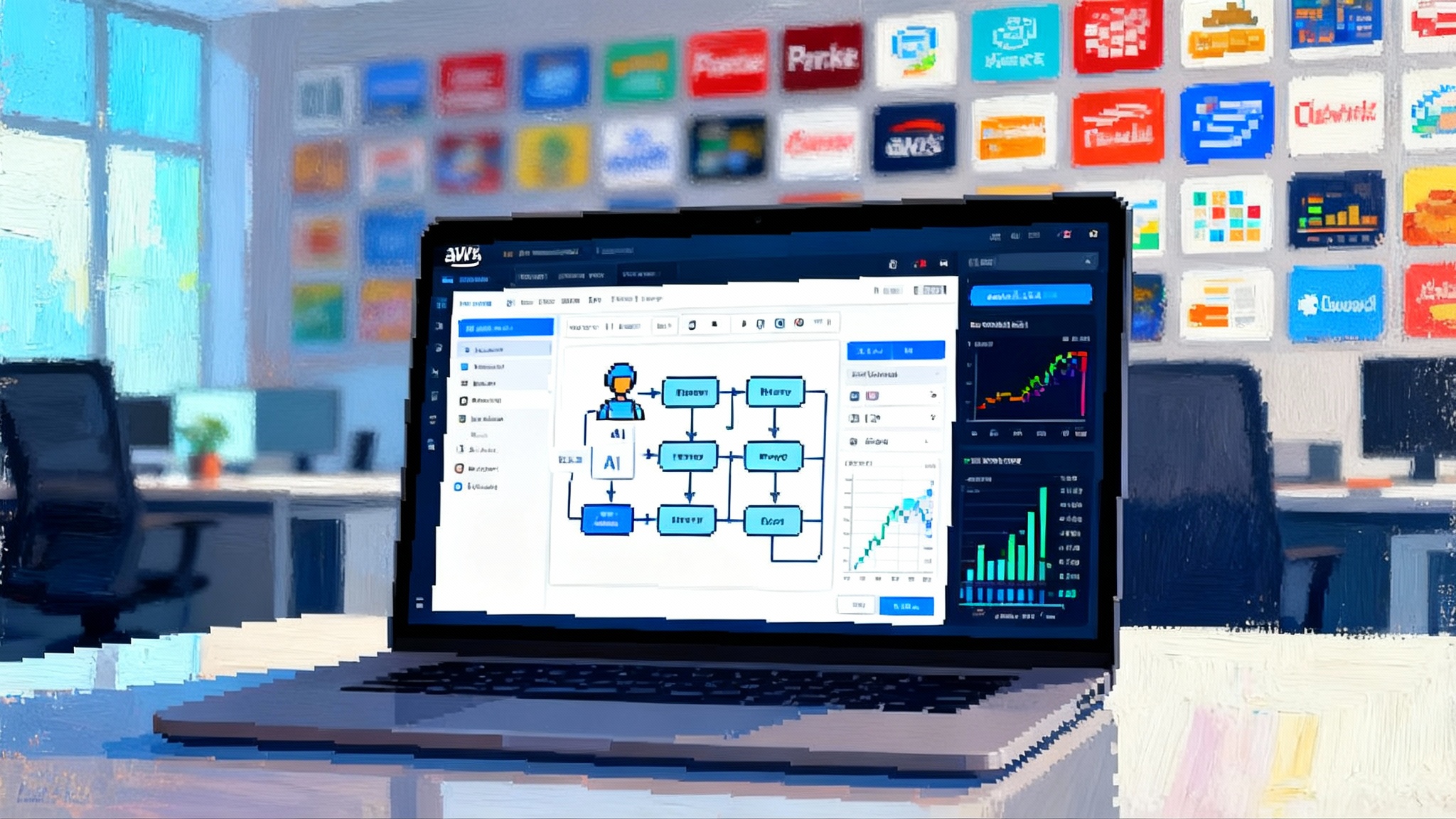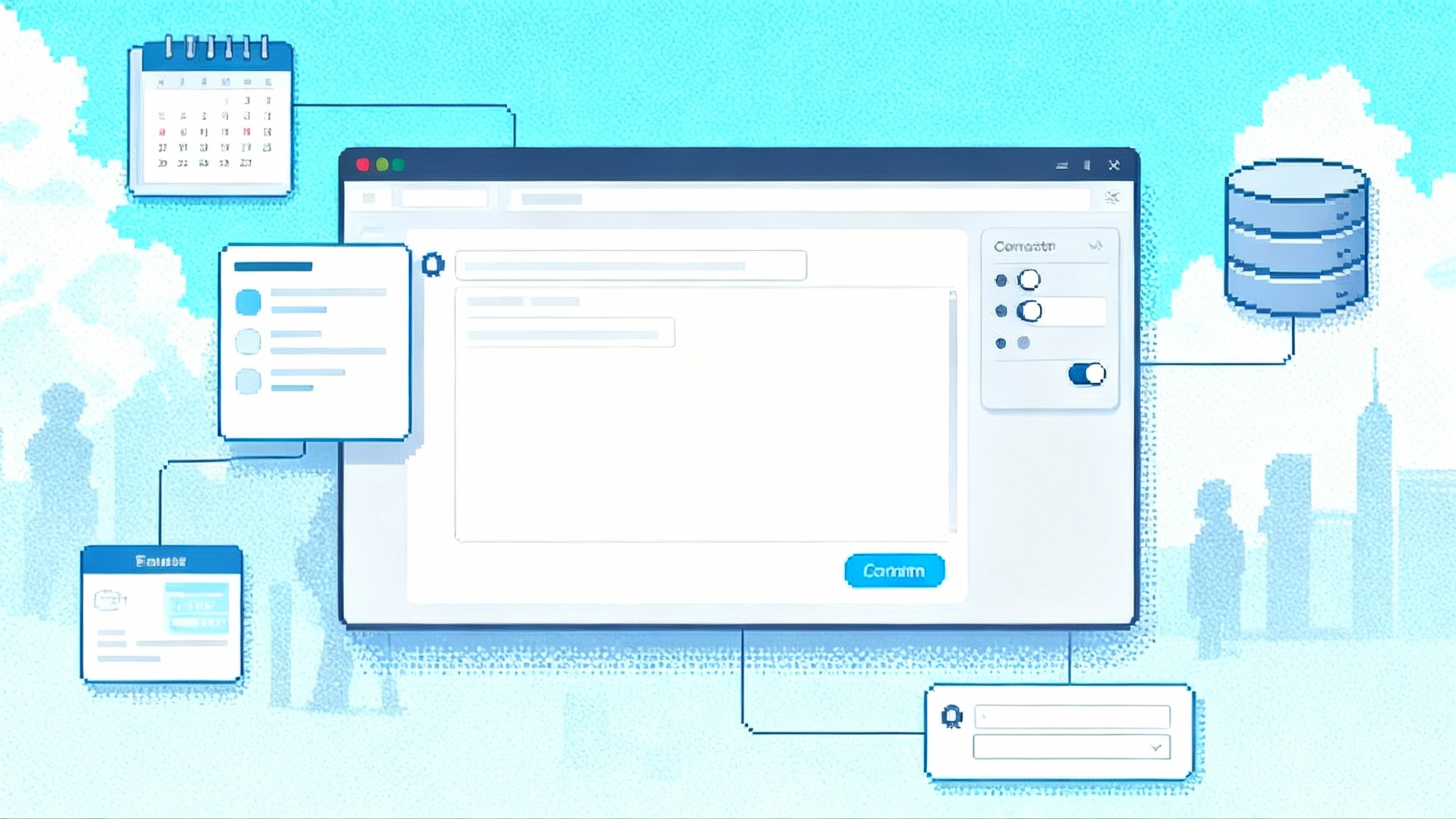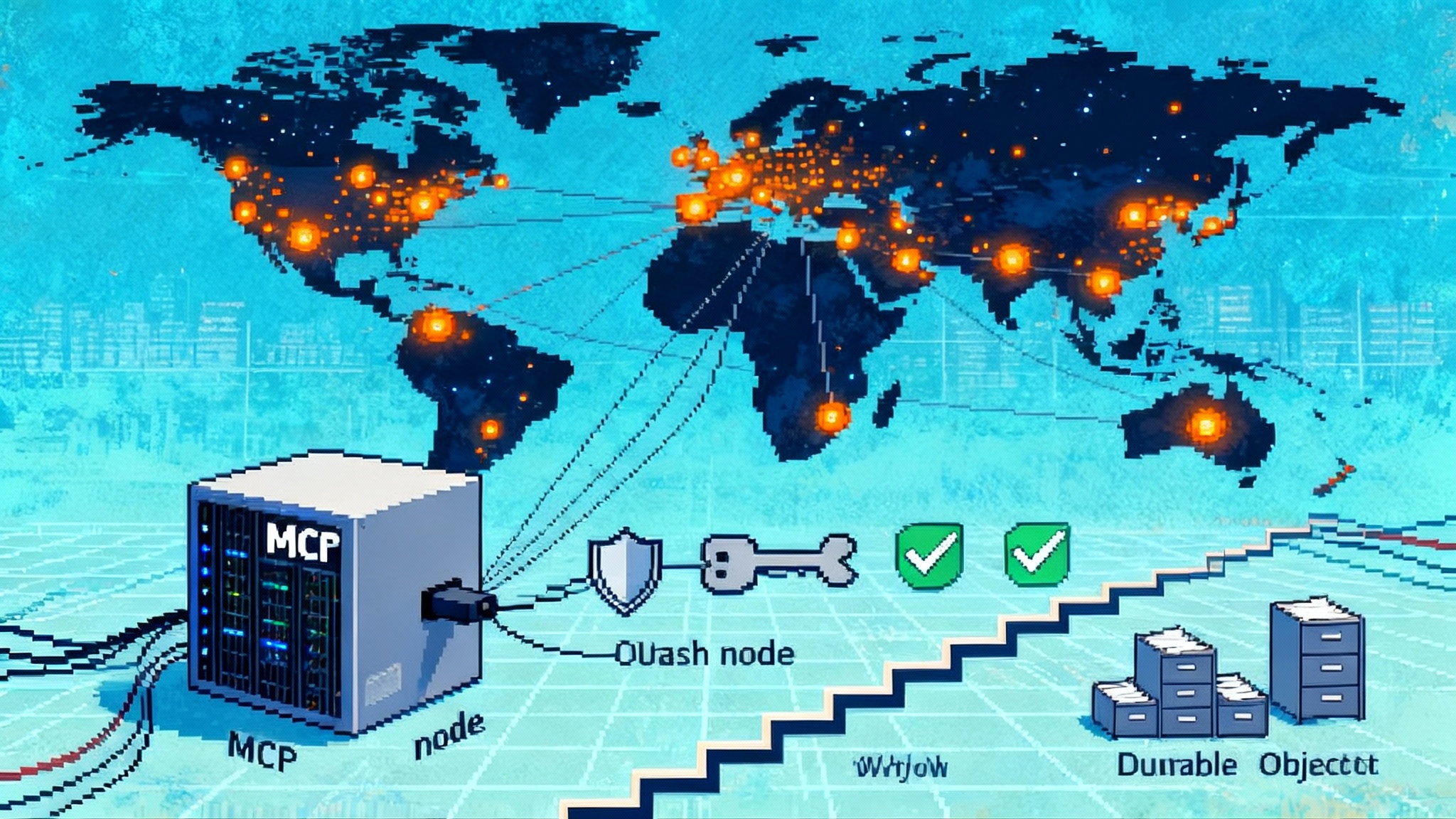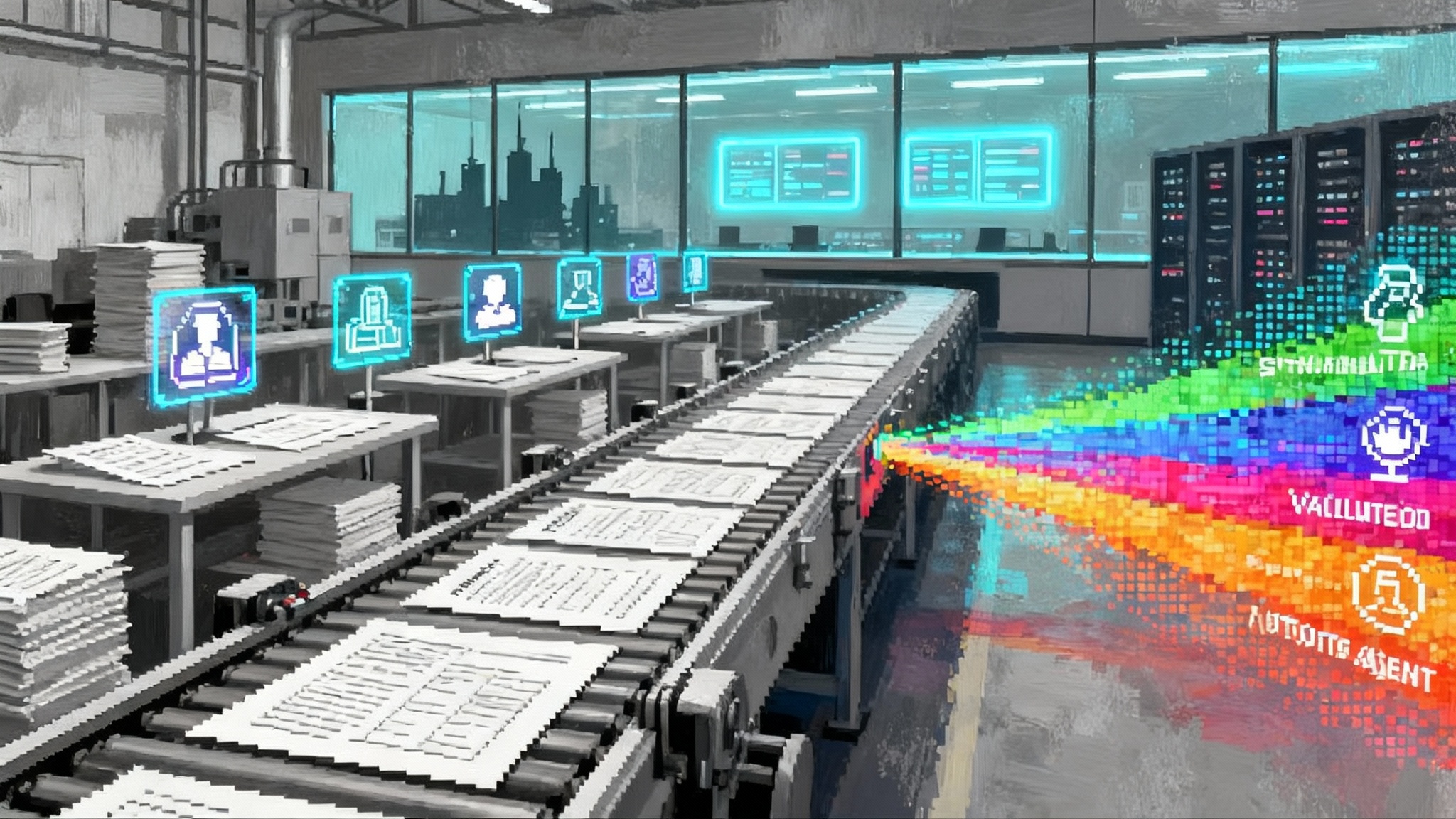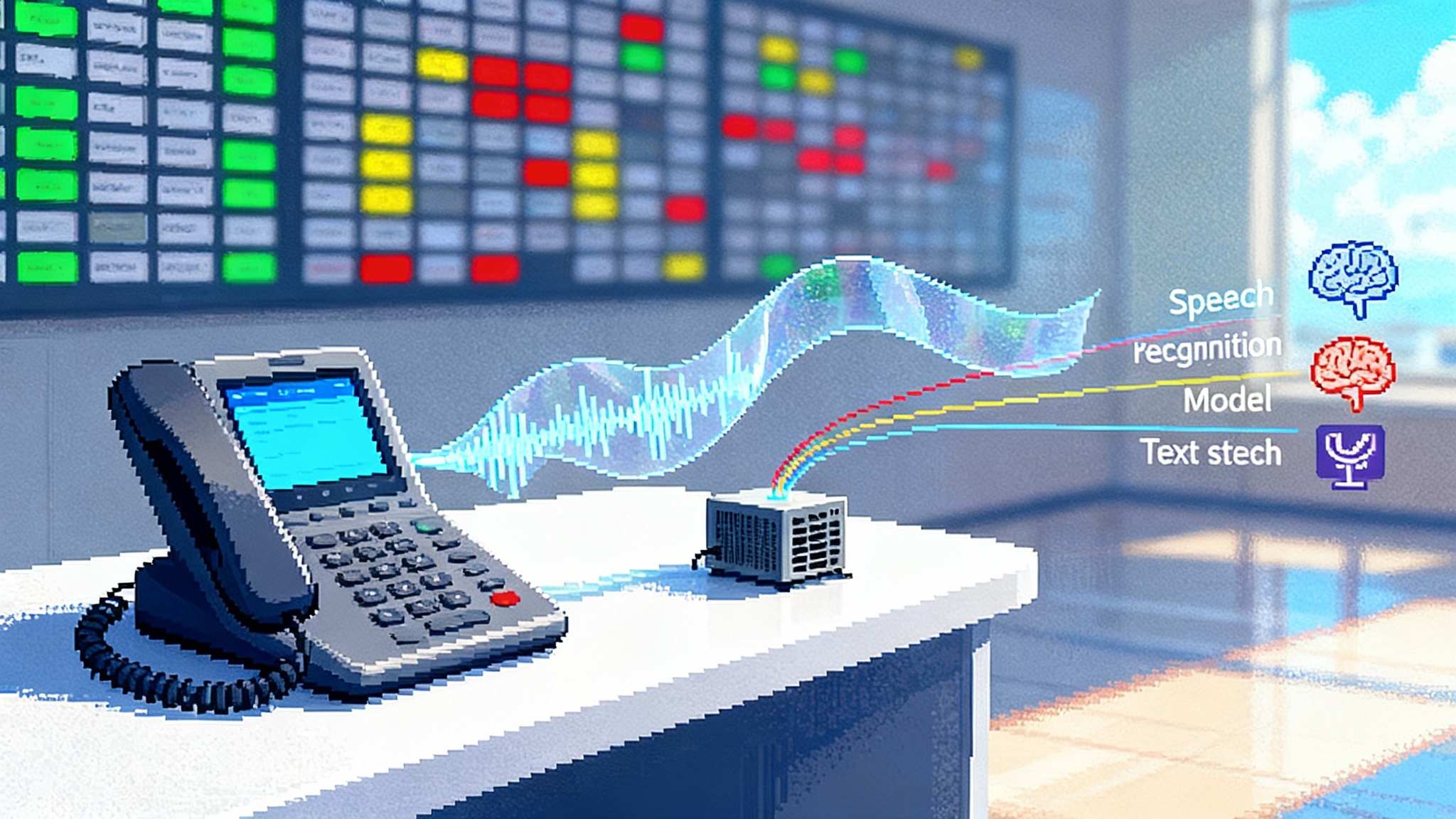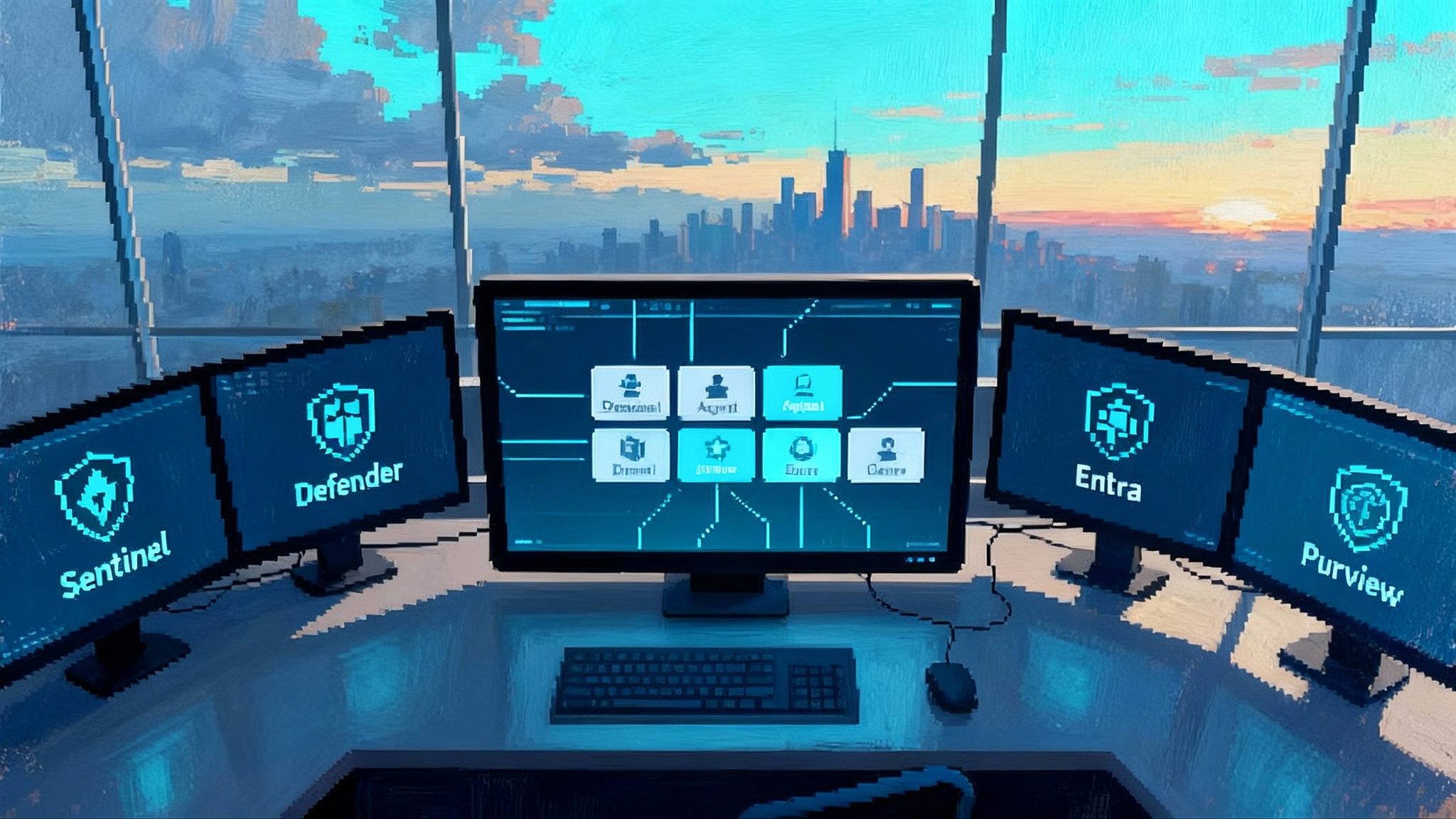Zendesk flips the CX switch to real autonomous resolution
At its October 8 AI Summit, Zendesk moved beyond copilots to outcome-first automation. This review decodes the Resolution Platform, what autonomous agents change, and a practical plan to reach safe 80 percent automation.

The moment support took its hands off the wheel
On October 8, 2025, Zendesk used its AI Summit to draw a bright line between assistive tools and actual automation. The company upgraded its Resolution Platform and introduced an autonomous support agent, joined by voice, copilot, admin, and analytics agents. The goal is not better suggestions for humans. The goal is resolved outcomes with minimal human effort. If the last two years were about copilots that helped agents type faster, this launch is about agents that act, decide, and close the loop. Zendesk’s own summary of the upgrades makes this clear, from voice autonomy to governance and analytics baked into the platform’s core in its press release overview.
Think of this shift as moving from cruise control to lane keeping plus auto park. Copilots lighten the load. Autonomous agents execute the maneuver and get you into the space without scraping the bumper.
From copilots to outcomes
A copilot answers questions, drafts responses, and fetches context. An outcome-first agent treats a support issue as a mission with a clear success state: refund issued, password reset completed, order rerouted, shipping label generated, policy explained and accepted. Instead of nudging an agent toward the next best action, it runs the action and confirms completion. That is a subtle but decisive change in responsibility.
Outcome-first design reframes everything in customer experience. Workflows are not chat scripts. They are plans with prerequisites, checks, and verifiable end states. Knowledge is not a static article library. It is a living graph that drives decisions. Analytics are not just dashboards. They are the safety system that decides whether agents can keep operating without human review.
The new agent roster, decoded
Zendesk outlined five agents that map to how work actually gets done in support operations.
- Autonomous support agent: The front door for most conversations. It recognizes intent, retrieves context, chooses actions, executes them through approved connectors, and confirms resolution to the customer. It escalates when conditions or risk thresholds demand it.
- Voice agent: A phone-first version that handles real-time speech, barge in, and interruptions. It must deal with accents, noisy environments, and the need for instant fallbacks to a human. Voice is often the most expensive channel, so automation here changes unit economics fast.
- Copilot: Still valuable, now specialized. It drafts replies and proposes actions inside an agent’s console, but in this model it is the 20 percent agent that accelerates edge cases the autonomous system avoids.
- Admin agent: A meta assistant for the people who configure support. It proposes policy changes, monitors drift in intents, flags knowledge gaps, and can generate actions or flows when admins approve.
- Analytics agent: A narrative layer built on event and resolution data. It explains what changed, why containment went up or down, and which actions are paying off. It turns logs into decisions.
You can picture the ensemble like a small operations team that never sleeps: a receptionist who can also solve problems, a hotline operator fluent in real-time speech, a coach who whispers the next move, a back office planner who owns the playbook, and a performance analyst who explains the scoreboard.
The 80 percent promise, and what it really takes
Zendesk is publicly pinning its flag to a bold claim: the new autonomous agent can resolve roughly 80 percent of support issues without a human in the loop. TechCrunch captured the company’s framing and the surrounding context, including the broader roster of agents and early performance targets in its coverage of the 80 percent target.
What would 80 percent require in practice? Four things: guardrails, action coverage, rigorous evaluations, and governance that sticks.
1) Guardrails that are more than word filters
- Safe action catalog: Every action the agent can take must be defined, permissioned, and reversible. Issue refund, change tier, waive fee, reset password, generate label, cancel order. Each needs preconditions, parameter ranges, and audit trails.
- Policy engine: Plain language rules that map to enforcement. Examples: never downgrade a plan without explicit consent captured in session. Limit refunds over 200 dollars to business hours for human review. Do not disclose PII across brands or subsidiaries.
- Context boundaries: Clear scoping for what data the agent can read and write. Tenant isolation, field level masking for sensitive attributes, and default deny connectors until approved.
- Fallbacks by risk score: Combine intent confidence, customer value, and action risk into a single score that decides whether to proceed, ask for confirmation, or transfer.
2) Action coverage that matches the top intents
- Top twenty intent bundle: Build action coverage for the intents that drive 60 to 70 percent of your volume. Shipping changes, billing disputes, password resets, subscription changes, returns and exchanges, order status, appointment changes, warranty checks.
- One click integrations: Prebuilt connectors are not enough. For each action, define the sequence, the error codes you expect, and the compensating action if a step fails. If the warehouse API says a label failed to generate, try the backup carrier or issue a manual pickup request.
- Knowledge that drives choices: Pair each action with knowledge. When an item is not returnable because it was final sale, the agent should both enforce the rule and offer a goodwill credit within a cap if your policy allows it.
3) Evals that predict behavior in the wild
- Golden sets for each intent: Use real, permissioned transcripts and tickets to build a test set. Include tricky variants, accented speech clips for voice, and adversarial prompts.
- Metric trio: Resolution accuracy, safety violations per one thousand actions, and cost per resolution. If one goes up while the others collapse, you do not have production readiness.
- Off policy replay: Run the new agent against last month’s tickets. Score what it would have done versus what your human agents actually did. Focus on gaps and near misses, not only on wins.
- Canary regions and hours: Ship by geography and time of day. Let the agent handle low risk intents in off peak windows while you watch live metrics.
4) Governance that survives success
- RACI and change windows: Assign clear owners for prompts, policies, actions, and connectors. Changes land in weekly windows with rollbacks ready.
- Signed releases: Treat agent updates like code. Versioned prompts and policies, peer review for risky changes, and sign offs from risk and compliance for certain actions.
- Red teams and incident drills: Quarterly exercises where the agent is probed for jailbreaks and policy leaks. Postmortems with concrete remediations.
Pricing and unit economics in an agentic world
Eighty percent automation only matters if it creates a healthier business. That requires simple, aligned pricing and clear unit economics.
- Per resolution pricing: The most honest model for chat and messaging. You pay when the agent resolves a case. This aligns vendor incentives with your goals and simplifies budgeting.
- Per minute voice pricing with caps: Voice will be priced by minute. Demand negotiated caps and per resolution outcomes layered on top for certain intents.
- Seats still matter for the human 20 percent: You will need fewer seats but they will be more skilled. Budget for higher skill agents and quality roles.
- Track fully loaded cost per resolution: Include platform fees, model usage, telephony, and integration maintenance. Compare automated versus human resolutions weekly, not yearly.
A reference architecture you can adopt now
Leaders ask what architecture supports agentic customer experience without chaos. A practical blueprint looks like this:
- Ingestion and routing: Omnichannel gateway for web, app, email, and telephony. Real time language detection, intent detection, and risk scoring.
- Context layer: Customer profile, recent orders, entitlements, and past interactions in a secure data plane. Field level access control. Short term scratchpad for the live session.
- Action catalog: A library of atomic actions with schemas, preconditions, idempotency keys, and compensations. Examples: create return authorization, reissue e ticket, update shipping method, credit account, verify identity.
- Policy engine: Declarative rules like refund caps by tier, geography specific compliance, and brand tone. The agent queries this on every action.
- Reasoning engine: Model selection per task. Use faster models for classification and retrieval. Reserve larger models for complex planning or reconciliation.
- Evals and shadow: Always on replay against a golden set. Shadow mode for new actions. Canary deploys by region.
- Observability: Traces for every decision, screenshots for voice flows, audio snippets for speech errors, and secure log redaction. Narrative analytics that produce root cause stories, not only charts.
- Human in the loop: Escalation bridge with state transfer, suggested replies, and post hoc rating of the agent’s attempt to improve future behavior.
This stack is compatible with a broader shift toward deployable agents across the enterprise. For example, teams building backends at the edge will recognize patterns in Cloudflare's remote MCP, where tools and policies live close to users and latency is managed as a first order concern.
Why this looks ready for production, not pilot theater
Three things changed in 2025.
- Coverage across channels: Text and voice agents can now handle the same intents. Voice is no longer a bolt on interactive voice response tree. That unlocks real volume and real savings.
- Built in governance: Admin agents and analytics agents turn configuration and monitoring into first class features. This matters for enterprises that must prove compliance, not just promise it.
- Action depth over small talk: Integrations matured from reading knowledge to performing tasks across systems. When an agent can generate a return label, schedule a pickup, and issue a refund within policy, containment rises without frustrating customers.
These advances align with what we have seen in other platforms that prioritize deployability. AWS is packaging primitives that make agent rollouts real, as covered in our look at AWS AgentCore and Agents Marketplace. On the interaction side, the rise of device level control raises the ceiling on what a support agent can actually do, a trend we noted when browser-native agents arrive.
Mid market teams get time to value from templates, no code builders, and prebuilt connectors. Enterprises get governance, audit, controls, and the ability to wire in custom actions that match complex processes. Both groups benefit from a platform that treats resolution as the product.
A 30 60 90 plan to reach safe autonomy
- Days 1 to 30: Define target outcomes and guardrails. Pick five intents that represent at least half your volume. Create golden test sets from real data with legal approval. Stand up the action catalog for those intents. Turn on analytics with a baseline of your current cost, time, and customer satisfaction.
- Days 31 to 60: Run off policy replays and shadow mode. Launch canaries for one region or time window. Instrument safety metrics and human satisfaction scores post escalation. Begin training the admin team on change control and incident drills.
- Days 61 to 90: Expand to voice for the same intents. Layer in higher risk actions with stricter thresholds. Move to per resolution pricing where available. Start weekly release trains for prompts, policies, and actions. Publish a one page governance charter and hold office hours for stakeholder questions.
What can still go wrong, and how to counter it
- Hallucinated actions: The agent proposes an action that does not exist. Fix by constraining actions to the approved catalog and rejecting anything not whitelisted.
- Policy drift: A subtle change to a refund rule gets lost. Fix with versioned policies, signed releases, and dashboards that highlight rule deltas since last week.
- Unclear ownership: No one knows who approves a new action. Fix with a RACI matrix that names owners for prompts, policies, actions, and analytics.
- Voice frustration: Customers hate long latencies and repeated identity checks. Fix with up front identity verification, local speech recognition for speed, and graceful barge in that feels human.
Metrics that actually predict success
- Automation rate at the intent level: Track by top twenty intents, not a single vanity number. Investigate outliers weekly.
- Resolution accuracy: Percentage of automated resolutions that a quality reviewer deems correct. Anything below the human team’s baseline needs attention.
- Safety violations per one thousand actions: The simplest safety gauge. It should trend toward zero and stay there through releases.
- Cost per resolution, fully loaded: Separate chat and voice. Keep the time series so finance can see the shift, not just a snapshot.
- Experience impact: Post resolution customer satisfaction for automated cases and for escalations. If escalations delight and automated cases sting, your thresholds are wrong.
Competitive context without the noise
Everyone from Salesforce to ServiceNow to niche startups has promised automated support. The difference is design center and maturity. An outcome first platform optimizes for actions with guardrails, not for pretty chat. The fastest path to enterprise adoption is boring: controls, audit logs, and predictable pricing.
Zendesk’s launch leans into that boring work in all the right ways. It makes voice a peer to text, it treats governance as a first class citizen, and it focuses on depth of action rather than breadth of small talk. That combination is what can carry autonomous CX from pilot theater to daily operations.
The bottom line
Most companies do not want a chatty assistant. They want fewer open tickets by noon and fewer angry calls by five. An autonomous agent tied to a resolution platform, with voice, admin, and analytics agents around it, changes that day to day reality. If your team does the hard parts now, including guardrails, action coverage, evals, and governance, eighty percent automation stops looking like a slogan and starts feeling like a shift in how your business actually works.
The door just opened to production grade, agentic customer experience. Walk through it with your eyes open and your runbook ready.
